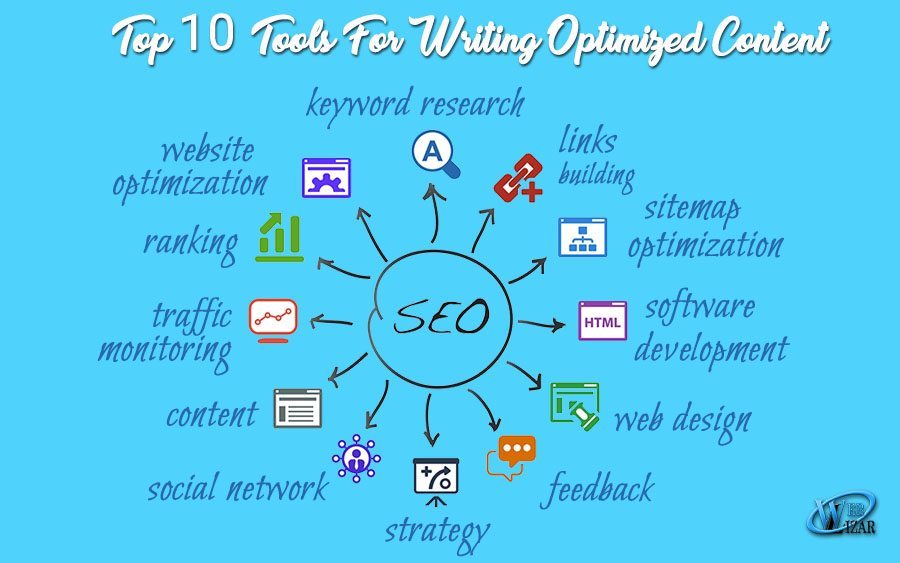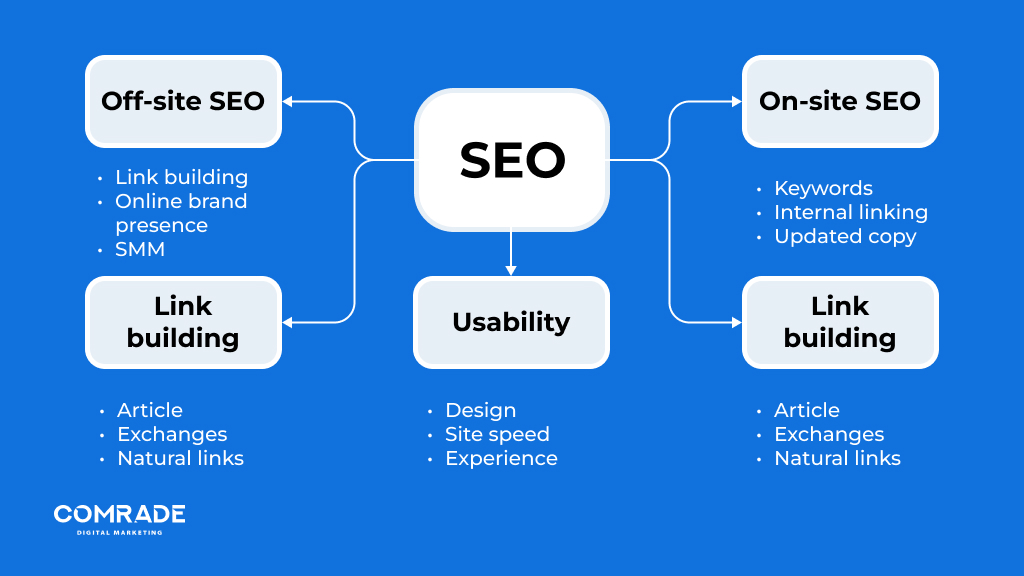Introducing What Is Not Considered a Default Medium in Google Analytics
Introducing What Is Not Considered a Default Medium in Google Analytics
Blog Article
Believing Outside the Box: Leveraging Non-traditional Tools to Optimize Google Analytics Efficiency
In the world of digital marketing, the pursuit for improved Google Analytics performance has actually come to be a calculated essential for businesses looking for to fine-tune their on the internet presence. Standard techniques often fall brief in capturing the complete range of consumer communications and habits. However, by exploring unconventional tools as methods of information collection, a new world of possibilities emerges. These uncharted areas offer a riches of untapped understandings that might possibly transform the way we recognize and enhance our digital strategies.
One-of-a-kind Information Sources

Social media systems offer valuable data on user demographics, interests, and involvement metrics, enabling businesses to gauge the effectiveness of their social media campaigns and optimize content for much better efficiency. By leveraging these one-of-a-kind data sources, organizations can improve their approaches, improve targeting initiatives, and enhance total Google Analytics performance.
Social Network Insights

Moreover, social networks analytics devices allow businesses to track vital performance signs, display campaign efficiency, and measure the effect of their on-line tasks. Understanding the demographics of followers, recognizing prominent content styles, and evaluating engagement levels can help services tailor their advertising and marketing strategies for better outcomes.
Offline Advertising Integration
Incorporating offline advertising strategies with electronic analytics can boost general project performance and supply a more comprehensive understanding of consumer habits. what is not considered a default medium in google analytics. By linking the space between online and offline efforts, organizations can track the impact of traditional advertising networks such as print advertisements, TV commercials, direct-mail advertising, and events on their online visibility

Moreover, applying telephone call radar for offline marketing activities enables organizations to catch valuable information on client inquiries like it generated via published promotions or materials (what is not considered a default medium in google analytics). By analyzing telephone call information along with on-line metrics in Google Analytics, businesses can obtain deeper understandings into the client journey and maximize advertising methods for better performance across all networks
IoT and Wearable Technology
Using IoT and wearable technology in electronic analytics can transform information collection and customer understandings for organizations seeking a deeper understanding of user behavior patterns. Wearable innovation, such as smartwatches or fitness trackers, can use understandings right into user tasks, health and wellness metrics, and even area data.
Gamification Approaches
The execution of gamification techniques in electronic analytics provides a cutting-edge strategy to boosting individual involvement and driving workable understandings for companies. By including game-like components such as points, badges, leaderboards, and awards into the analytics interface, companies can encourage customers to engage a lot more often and meaningfully with the information.
Gamification encourages customers to discover various attributes of the analytics platform, uncovering useful understandings that could have or else gone undetected. Via interactive challenges and progression monitoring, customers are incentivized to dig deeper into the data, causing Continue raised time spent on the platform and a higher chance of uncovering essential fads or patterns.
Additionally, gamification can promote a feeling of competitors among customers, stimulating them to aim for higher performance and engagement levels. This affordable spirit can drive raised user adoption rates and a much more extensive application of the analytics tools available. Eventually, by leveraging gamification strategies in digital analytics, companies can produce a much more efficient and appealing setting for users, causing even more educated decision-making and improved general performance.
Final Thought
Finally, leveraging unusual tools such as distinct data sources, social networks insights, offline marketing combination, IoT and wearable modern technology, and gamification techniques can enhance Google Analytics performance. By thinking outside package and exploring these different resources of data, organizations can gain valuable insights and enhance their general advertising and marketing approaches. It is very important for firms to continually explore new means to collect data and examine it in order to stay ahead in the ever-evolving digital landscape.
By integrating information from resources such as client partnership monitoring (CRM) systems, social media platforms, and e-mail marketing projects, organizations can obtain a more comprehensive understanding of their audience habits and engagement patterns. Social media systems provide useful data on individual demographics, passions, and interaction metrics, allowing services to determine the efficiency of their social media projects and optimize content for much better performance. By leveraging these distinct data sources, businesses can improve their strategies, boost targeting initiatives, and boost overall Google Analytics performance.
Discovering social media understandings can page offer services with valuable information on individual demographics, interests, and involvement metrics, allowing for informed decision-making and calculated optimization of marketing efforts. By thinking outside the box and checking out these alternative resources of data, services can acquire valuable understandings and improve their total advertising and marketing strategies.
Report this page